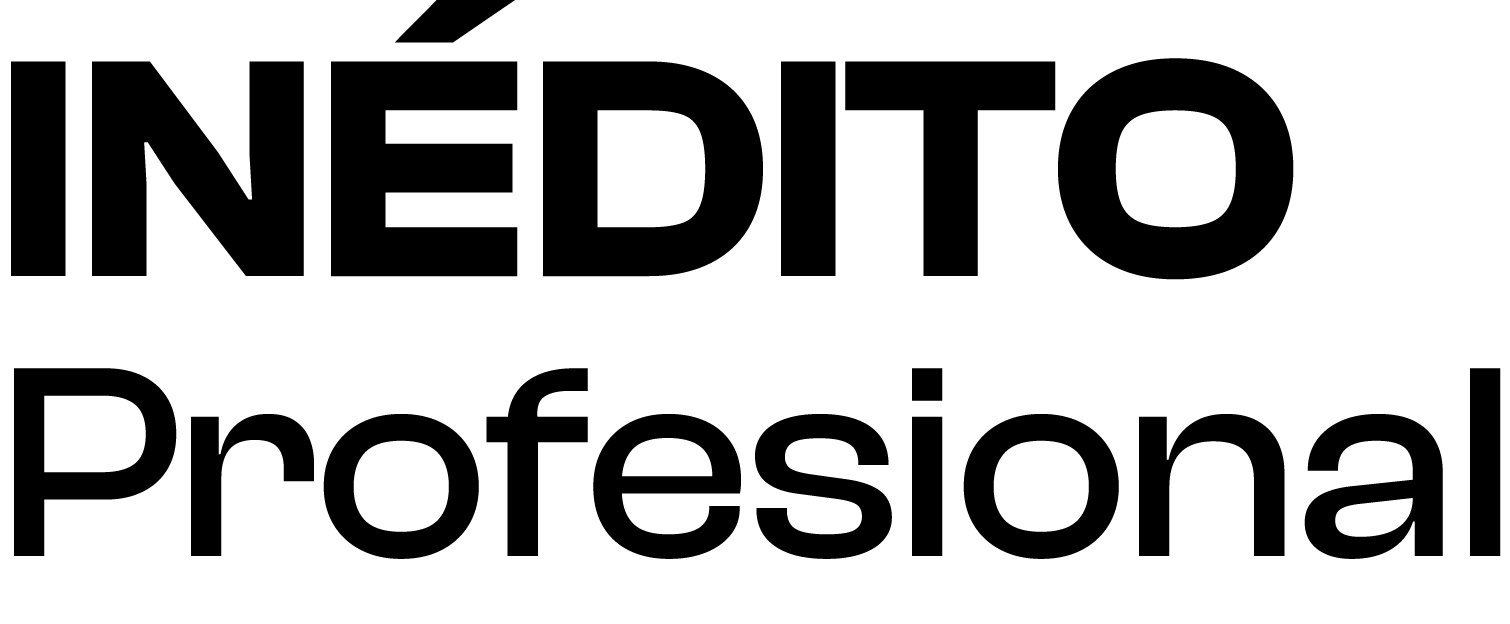Nido
Design :
>Maria Laura Méndez Martén
NIDO is an alternative to provide nesting spaces made of natural materials in urban areas.
In San José, a city of urban-tropical life, more than 300 species of birds, several of them endemic, pass through and nest each year. This project aims to reinforce the balance between biodiversity and urbanism.
#designstrategy #urbanism #sustainability #biodiversity #city #sanjose #costa rica #designweekmexico
THE PROJECT
Nido is a new alternative for cavity nesting birds. A very peculiar category that uses existing holes either in trees (made by other birds) or in buildings.
The main users of these objects are small and medium-sized birds such as swallows, troglodytes, little owls or parakeets. Each one chooses its own safe hole, according to its size. The criteria are varied : the material, the size, the height, the accessibility...
DESIGN PROCESS
A product with a circular design : it is composed of an all-natural pitcher and a recycled plastic support to be fixed to the wall. It has a drainage system for rainy periods, can be manufactured in various sizes to accommodate different species and is 100% recyclable.
In the instructions for use it is possible to share the families of birds related to the size of the nest and its main characteristics.
The aesthetic value and social impact reside in the fact that these jícaras come from a selection of “artisan waste”. Usually the artisans take care of these jícaras so that they do not stain and use them only clean and smooth. When they begin to rot and turn black, they are discarded. The nests, on the other hand, can be used with aging stains, giving them an aesthetic identity character, a certain camouflage for the birds and allowing to dynamize a part of the handicraft economy.
On the other hand, the plastic supports replace imported materials, giving a new use to plastic waste and using national resources.
All materials and manufacturing are 100% Costa Rican, recycled and recyclable.
CONTEXT
Costa Rica is one of the largest ornithological parks on the planet. In San José, a city of urban-tropical life, more than 300 species of birds transit and nest every year, several of them endemic. The impact of the project is not only for the birds, but also for the people who still have the culture of capturing or feeding wild species. It is about “adopting” species in the wild and raising awareness about our biodiversity.
In our country, people are sensitive to flora and fauna, even more so since it has become a market image. However, only 20 years ago, it was still normal to have wild animals caged in houses, from monkeys to toucans, and for tourists, it is still common to possess, encourage, disturb the habitat of species...
Although there is much more communication about conservation laws, there is still a lot of trafficking and also a lot of influences from abroad, where laws do not protect animals in the same way. Adopting birds freely is not just about giving them an alternative home, but about making people responsible.
“I have been working with social design and circular design projects for several years; I believe that the balance of our society depends on respecting our nature and our people. Over time I have learned that people need more information and accompaniment than we think. The more conscious projects there are, the more we will achieve this balance.”








